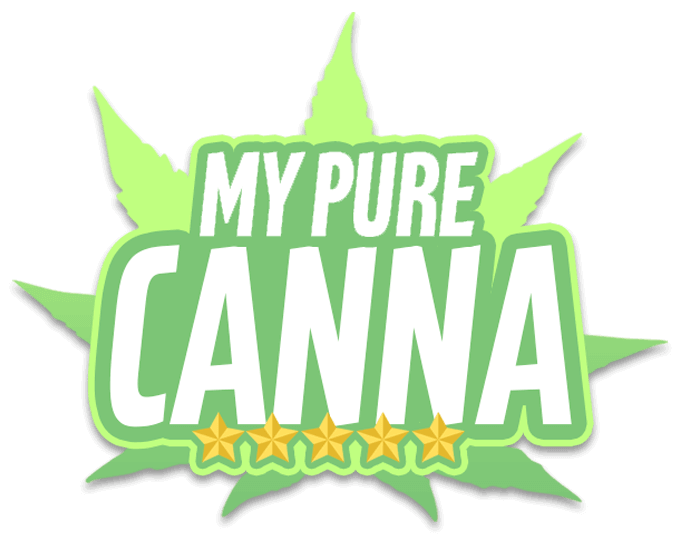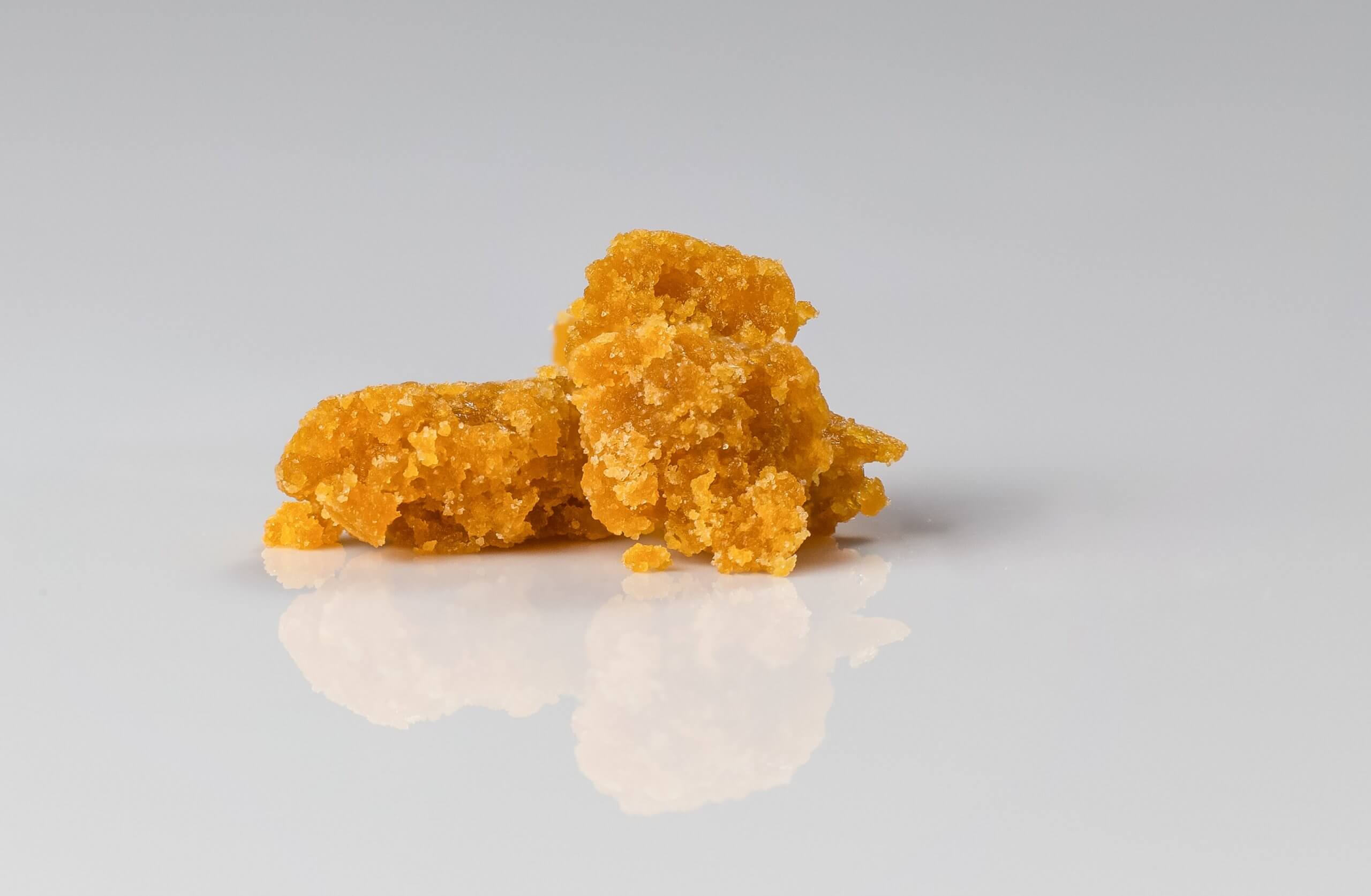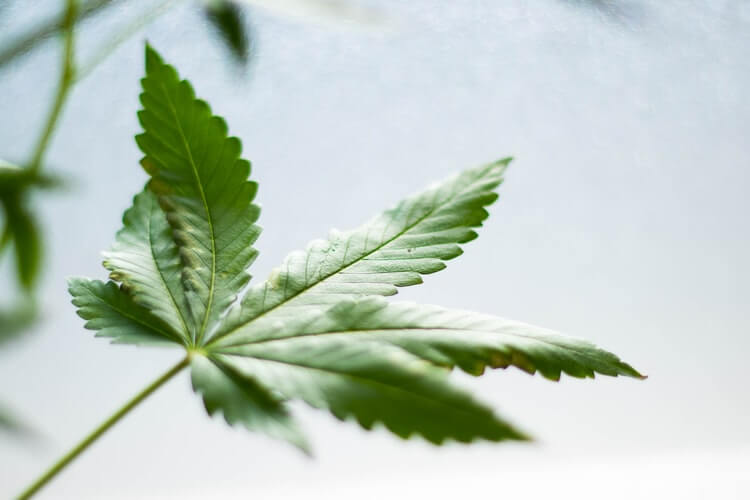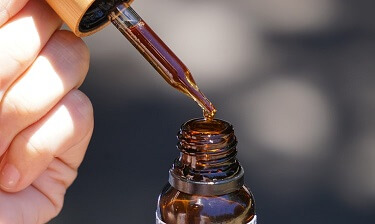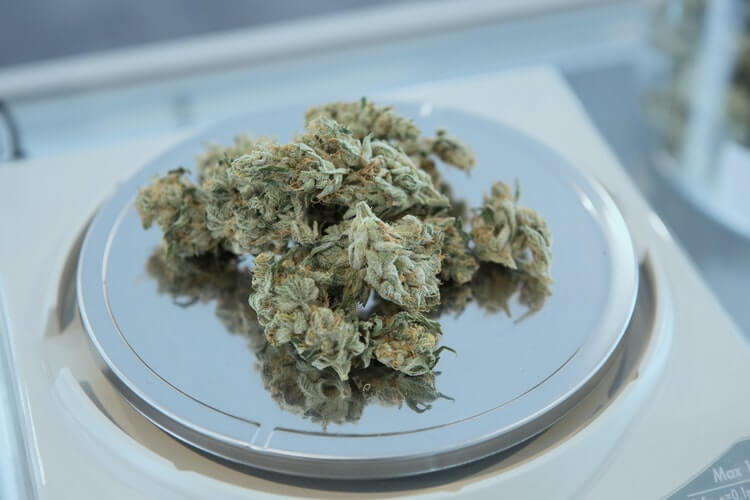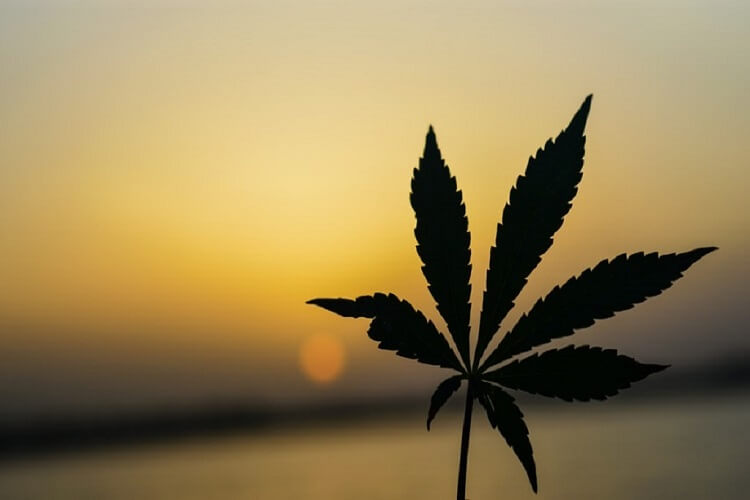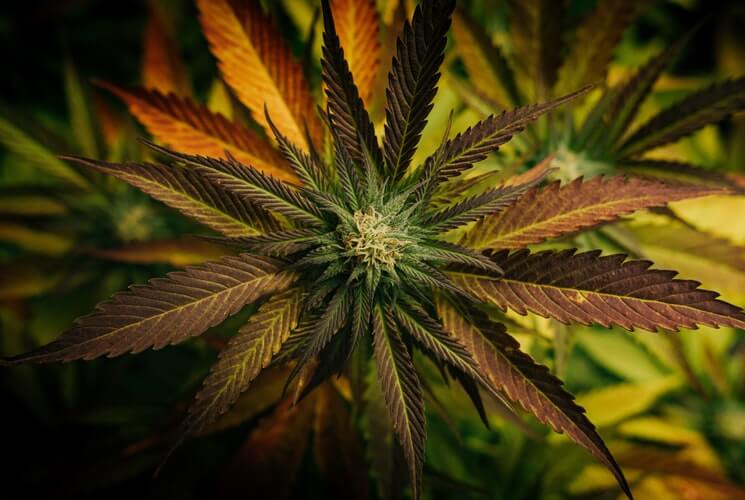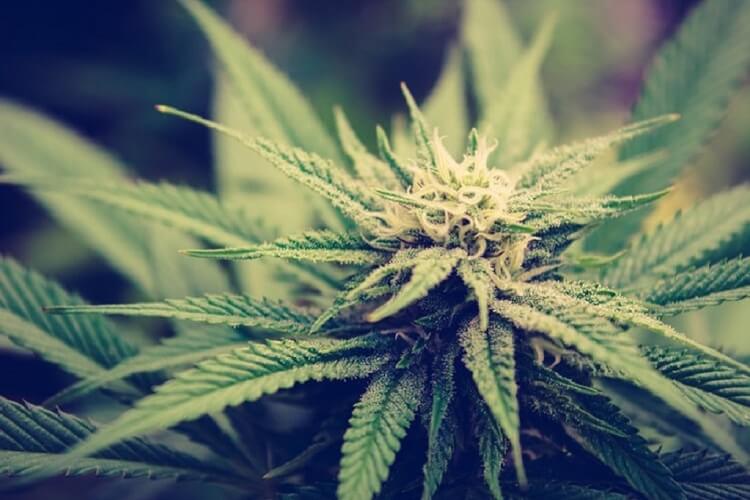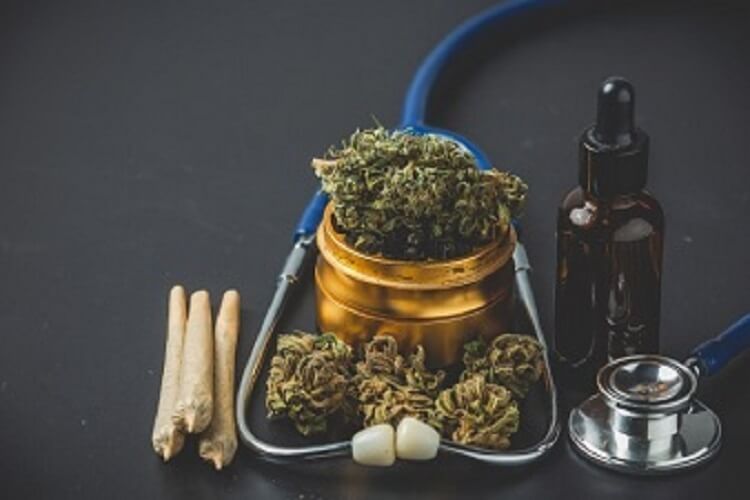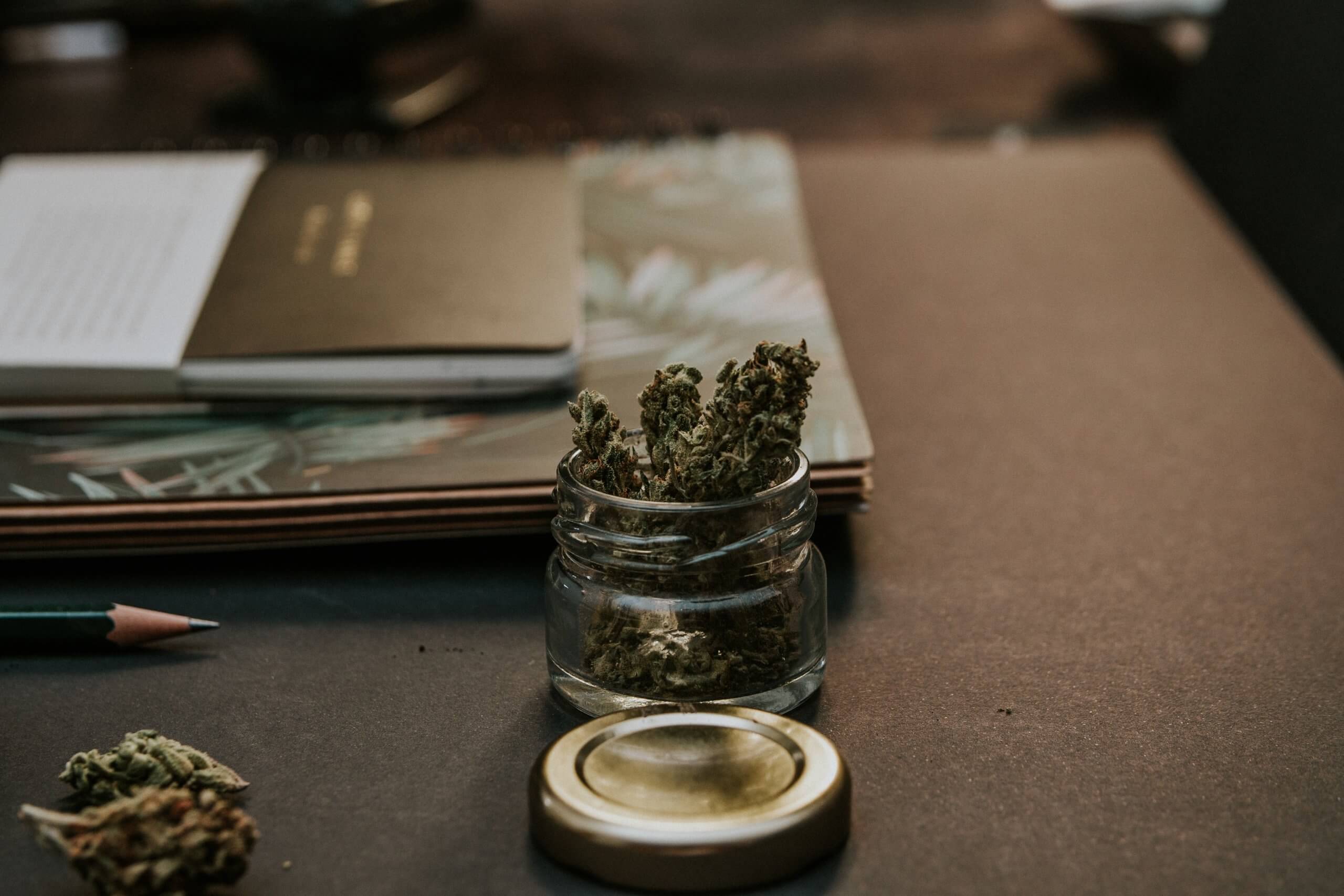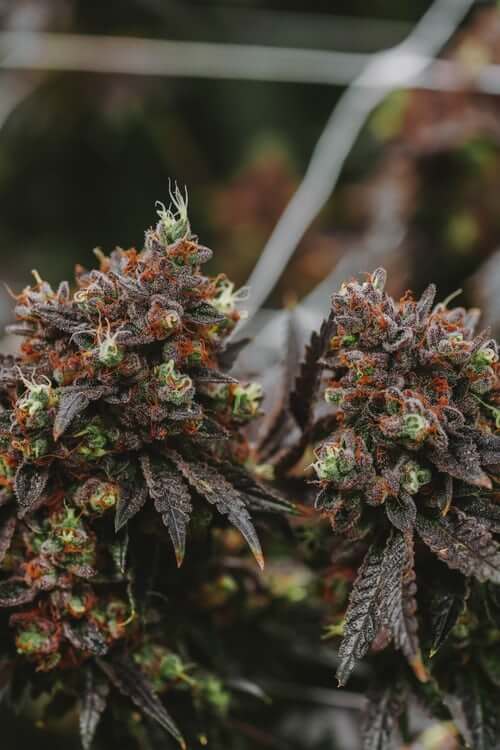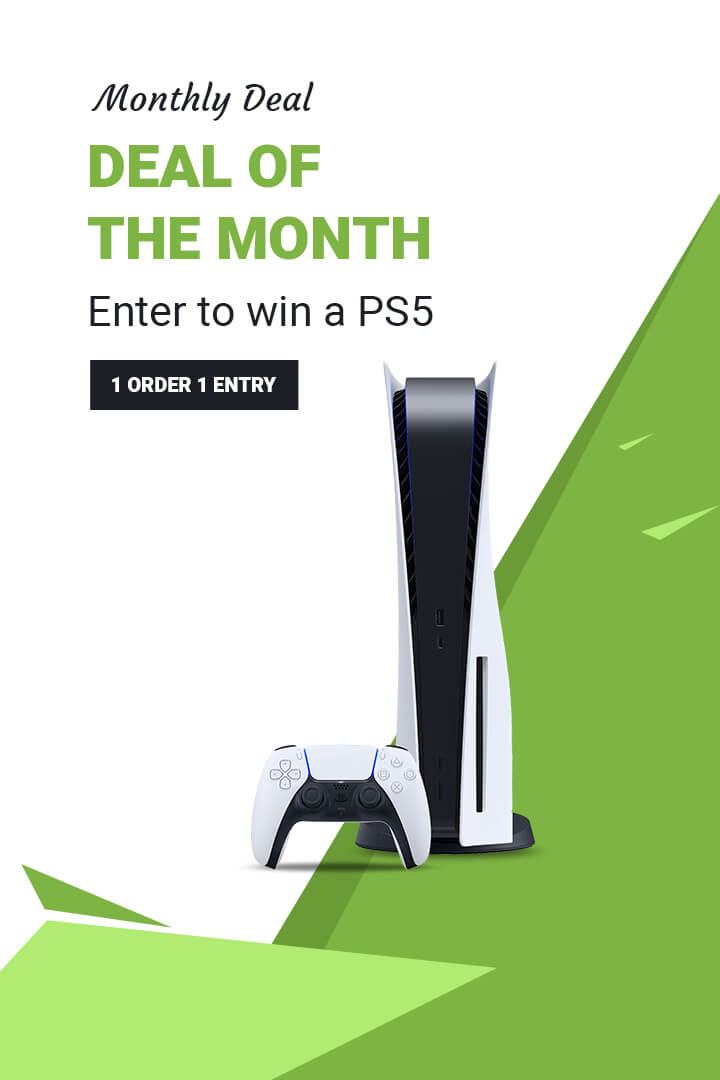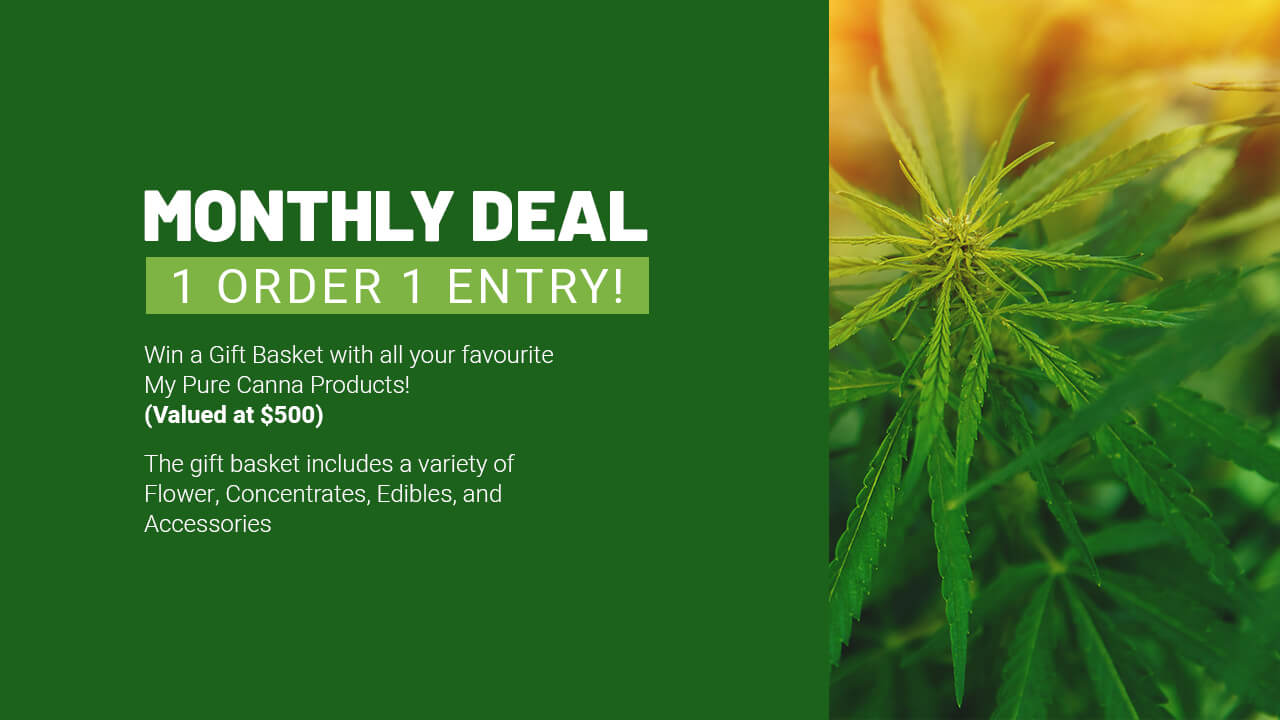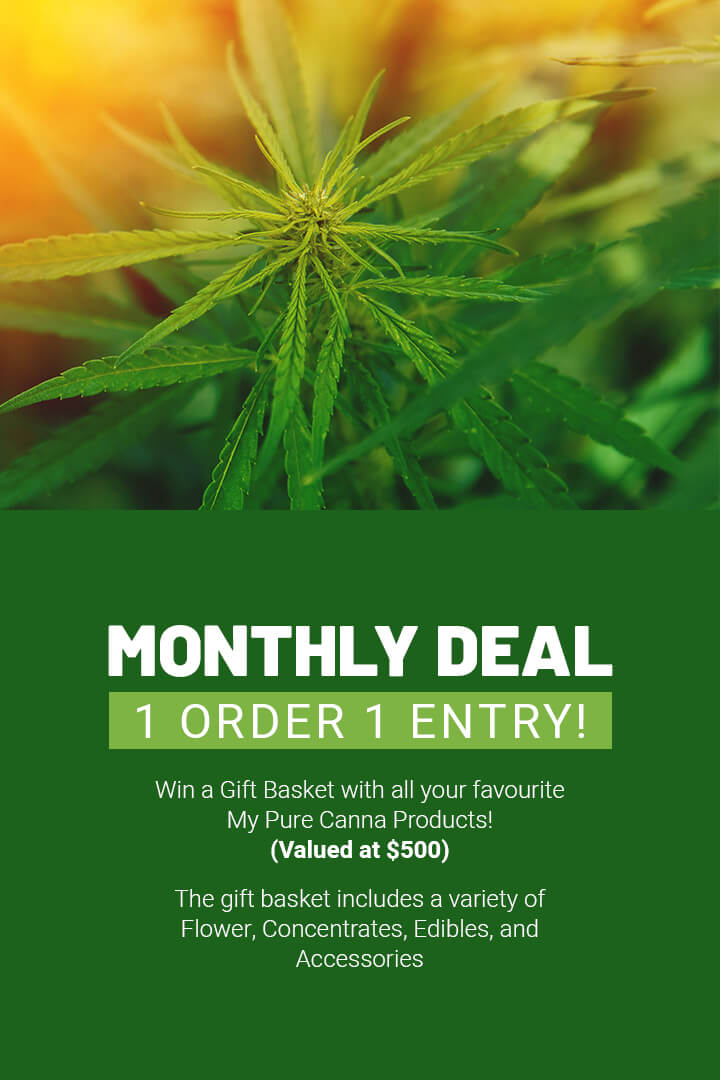The growing popularity of marijuana in Canada has meant an expanding selection of products to choose from. Checking out a dispensary can be overwhelming even for experienced marijuana users, given the myriad products that line the shelves!
With cannabis shatter and wax for sale online, many are interested in the benefits of concentrates and dabbing in general.
But many are unsure of which concentrate best suits their needs. Read on to learn about the differences between shatter and wax so you feel like an expert at your next dispensary visit.
What is Shatter?
Shatter is a type of cannabis concentrate used when dabbing (the act of inhaling cannabis concentrate vapour produced by a small water pipe). It is produced by processing plant materials with a solvent, creating a glass-like cannabis extract.
The texture can vary from extremely brittle to a more pliable consistency. Its appearance is typically translucent but contains yellow-scale colouring ranging from light amber to a darker yellow shade like olive oil.
Dabbers love shatter for its ease of use and potency. It goes through an additional filtration process to remove impurities and naturally occurring fats and waxes, making it an exceptionally pure concentrate that delivers an intense high. The extra filtration also removes marijuana’s famous dank smell and flavour, so your next dabbing session can be easy and discreet.
What is Wax?
Similar to shatter, marijuana wax is a form of cannabis concentrate that is used when dabbing. It is produced by packing marijuana buds into tubes, then flooding them with a solvent that separates the resin from the raw plant material.
The resin then goes through additional heating, condensation, and vacuum purging (which helps boil away the impurities and solvents involved in the production process).
After processing, we are left with the desirable and active part of the substance that can deliver a pure and potent experience when dabbed. The final product is a waxy material that has an opaque appearance but a malleable texture. In terms of cannabis concentrates, wax finds a middle ground between the solid brittle texture of shatter and hash oil’s liquid consistency.
Like shatter, marijuana wax has very little smell, making it a discreet alternative to the traditional method of smoking raw cannabis bud.
Which is Better?
Clearly, there are many benefits to dabbing with shatter and wax, but does one reign supreme as a cannabis concentrate? Not really. It mostly comes down to personal preference, as both concentrates offer a powerful and long-lasting high when dabbed.
If you’re looking for something easy to handle and measure, wax might be the better option due to its malleable consistency. If you’re looking for a super long-lasting concentrate, shatter might be the better choice, as wax tends to degrade faster.
Cannabis Shatter for Sale
Online dispensaries are accessible places to find a cannabis concentrate that is right for you. Buying shatter and wax online is the easiest way to research new products and find a product to help you achieve your desired high.
